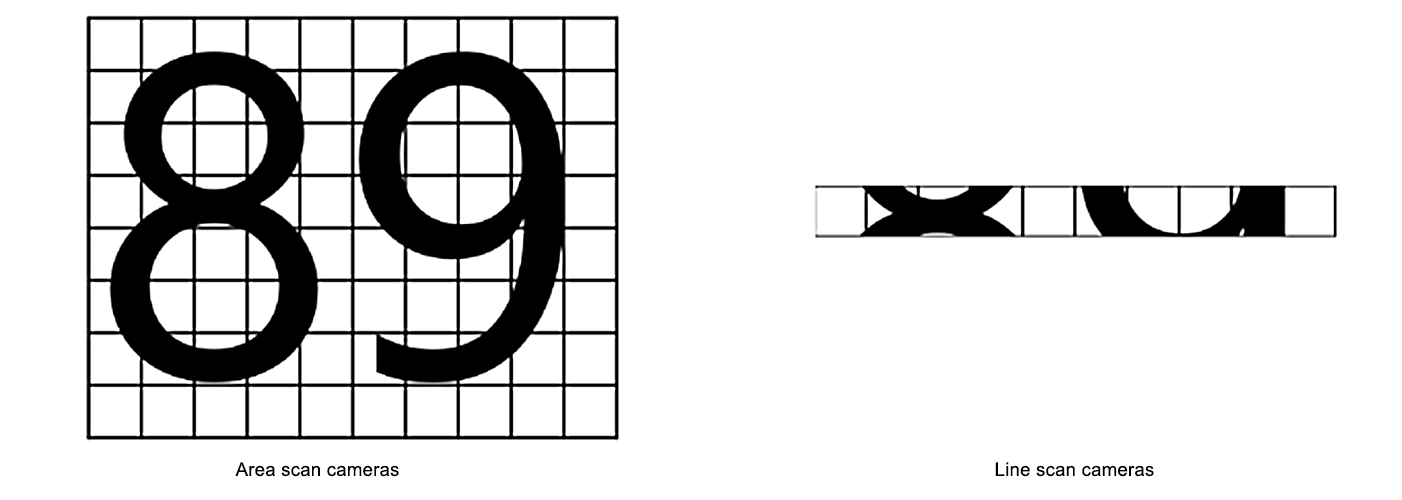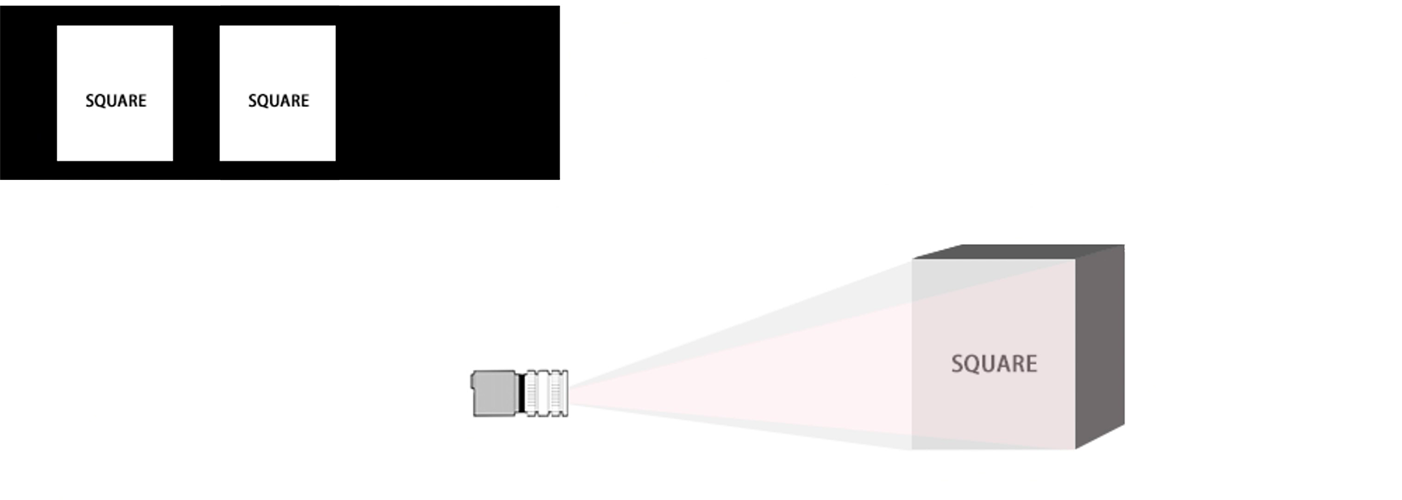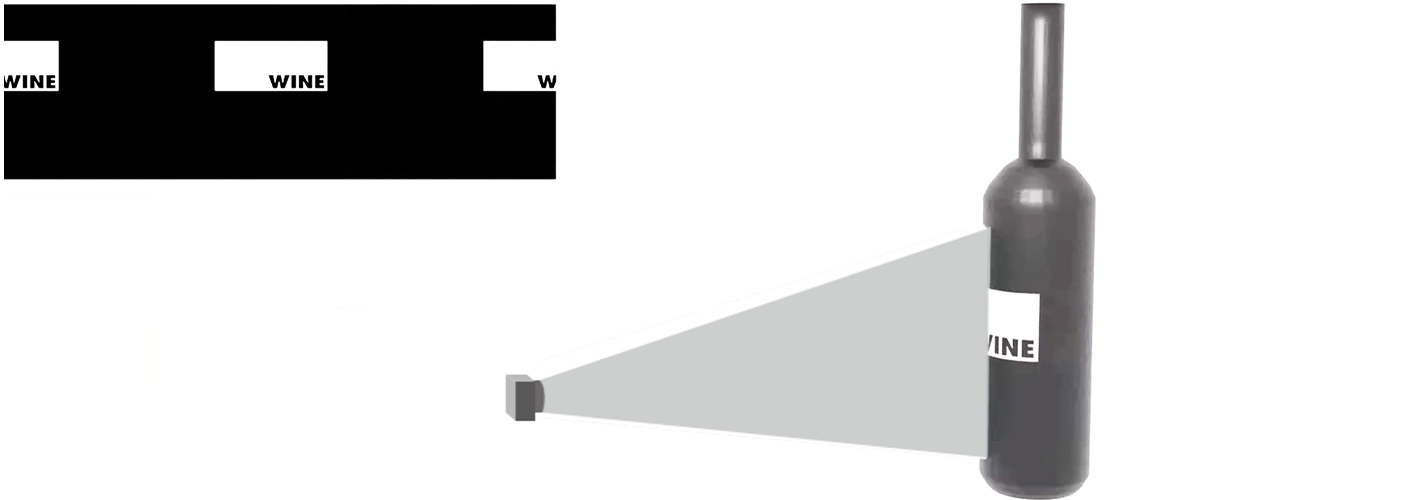Difference Between Area Cameras And Line-scanning Cameras
Area scan cameras and line scan cameras have significant differences in imaging principles, application scenarios, etc., as follows:
1. Core Differences: Imaging Structure and Method
Area scan cameras: The sensor is a two-dimensional plane (similar to a matrix). A complete two-dimensional image can be directly captured with one exposure. Daily-used devices such as mobile phones and SLR cameras belong to area scan cameras.
Line scan cameras: The sensor is a line (one-dimensional array). It needs to cooperate with the movement of the object or the camera (such as the movement of a conveyor belt, camera scanning) to capture images line by line and then stitch them into a two-dimensional image. Just like sweeping the floor with a broom, it covers the entire area through movement.

2. Differences in Applicable Scenarios
Area scan cameras: Suitable for shooting static objects or objects with slow movement, such as ID photos, static product inspection, daily photography, etc. Their advantage is simple operation and quick acquisition of complete images.
Line scan cameras: Suitable for shooting large-area, high-speed moving objects, such as continuous inspection of cloth and paper, road scanning, quality inspection of printed products, etc. Their advantage is higher imaging resolution and clearer details in long strip or continuous movement scenarios.
3. Difference working principles
The core difference in the working principles of area scan cameras and line scan cameras lies in the sensor structure and imaging method, as follows:
(1).Working Principle of Area Scan Cameras
Sensor structure: The core is a two-dimensional area array sensor (such as CCD or CMOS), which is composed of numerous pixels forming a plane matrix (similar to a grid).
Imaging process: When the shutter is opened, light irradiates the entire area array sensor through the lens at the same time. Each pixel of the sensor receives light synchronously and converts it into electrical signals. After processing, a complete two-dimensional image (including width and height information) is directly generated.
Characteristics: The acquisition of the entire image can be completed with one exposure, without relying on external movement, and it is suitable for capturing static or low-speed moving objects.

(2).Working Principle of Line Scan Cameras
Sensor structure: The core is a one-dimensional line array sensor, with pixels arranged in a straight line (only containing a single row of pixels).
Imaging process: The line array sensor can only collect image information of one line each time (only containing width information). It needs to rely on the uniform movement of the object (such as driven by a conveyor belt) or the scanning movement of the camera itself to make the sensor collect line images at different positions line by line. Then, these continuous line images are stitched together by software to finally form a complete two-dimensional image (width + length formed by movement).
Characteristics: It relies on the cooperation of external movement, is suitable for imaging continuous, high-speed or large-area objects, and can maintain high resolution during movement.

4. Other Key Differences
Resolution and frame rate: Line scan cameras usually have more pixels in a single direction, and can achieve high-resolution imaging with high-speed movement; area scan cameras have more flexible frame rates (number of shots per second), which are suitable for capturing instantaneous images.
Cost and complexity: Line scan cameras need to be equipped with motion control devices, so the system is more complex and the cost is higher; area scan camera systems are simple and the cost is relatively low.


